Home>Gardening & Outdoor>Plant Care & Gardening Tips>Where Is Goldfish Plant Native To
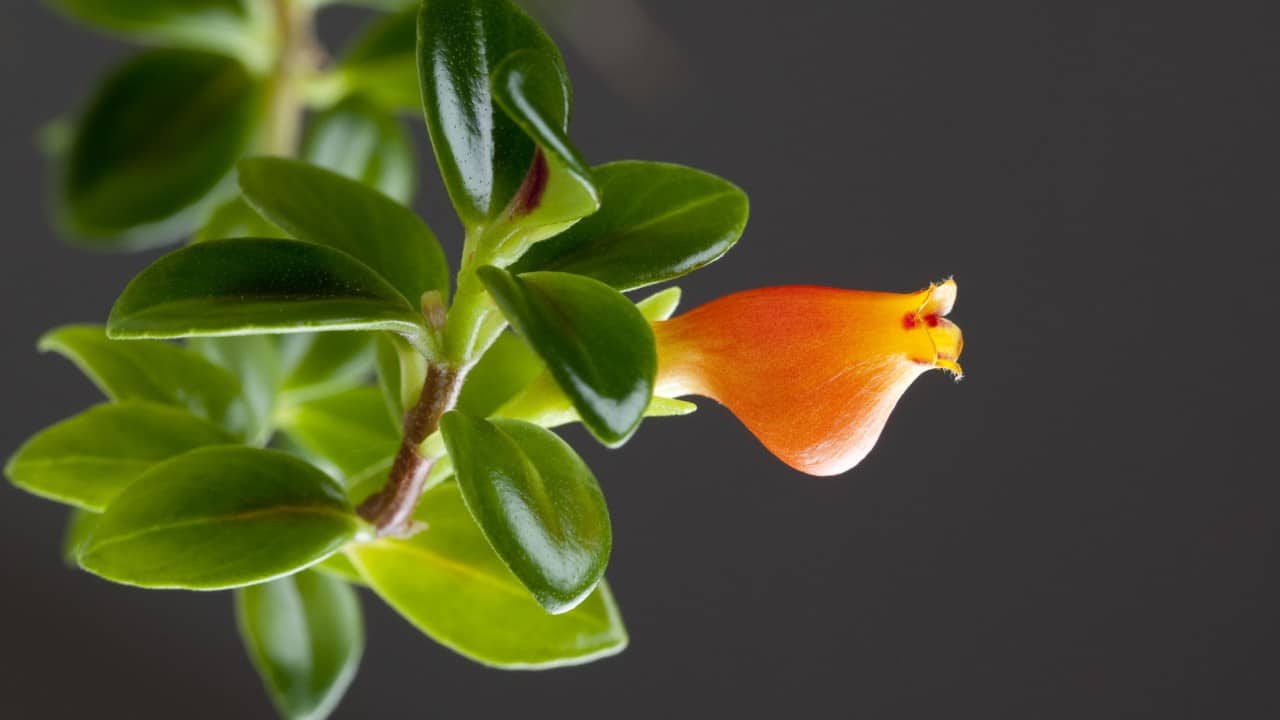

Plant Care & Gardening Tips
Where Is Goldfish Plant Native To
Modified: January 21, 2024
Discover where the goldfish plant is native to and get expert plant care and gardening tips for this unique and colorful houseplant. Learn how to keep your goldfish plant thriving!
(Many of the links in this article redirect to a specific reviewed product. Your purchase of these products through affiliate links helps to generate commission for Storables.com, at no extra cost. Learn more)
**
Introduction
**
Welcome to the enchanting world of the Goldfish Plant! If you're an avid plant enthusiast or someone who simply appreciates the beauty of nature, you've likely encountered this unique and captivating plant. The Goldfish Plant, scientifically known as Nematanthus gregarius, is a remarkable flowering plant admired for its vibrant, goldfish-shaped blooms and lush foliage. Its intriguing appearance and relatively low maintenance requirements make it a popular choice for indoor gardening, bringing a splash of color and a touch of tropical charm to any living space.
In this article, we'll delve into the fascinating origins of the Goldfish Plant, exploring its native habitat and the conditions that nurture its growth. Whether you're a seasoned plant aficionado or a novice gardener eager to expand your green thumb repertoire, understanding the natural environment of the Goldfish Plant is key to cultivating and caring for this delightful species. So, let's embark on a journey to discover the native habitat of the Goldfish Plant and gain valuable insights into providing it with the optimal growing conditions for thriving in your own garden or home.
Join me as we uncover the secrets of this captivating plant and learn how to create a nurturing environment that will allow its unique beauty to flourish. Let's dive into the world of the Goldfish Plant and explore the wonders of its native habitat and ideal growing conditions.
**
Key Takeaways:
- The Goldfish Plant, native to Central and South America, thrives in warm, humid environments with filtered sunlight, making it a perfect addition to indoor spaces with bright, indirect light and high humidity levels.
- By replicating the Goldfish Plant’s natural habitat through careful attention to its specific growing conditions, including light, temperature, humidity, soil, water, and fertilization, you can create an environment that encourages robust growth, abundant flowering, and overall well-being for this captivating species.
Read more: Where Is The Indigo Plant Native
Description of Goldfish Plant
**
The Goldfish Plant, also known as Nematanthus gregarius, is a striking flowering plant that belongs to the Gesneriaceae family. Renowned for its charming, goldfish-shaped flowers, this species boasts glossy, deep green foliage that provides an exquisite backdrop for its vibrant blooms. The unique shape and vivid hues of its flowers make the Goldfish Plant an eye-catching addition to any indoor or outdoor garden.
Native to the tropical regions of Central and South America, the Goldfish Plant has adapted to thrive in warm, humid environments, which is reflected in its care requirements. This perennial evergreen plant typically reaches a height of 12 to 18 inches and spreads outward, creating a lush, cascading display of foliage and blossoms. Its distinctive flowers, which resemble leaping goldfish, come in a range of colors, including bright orange, fiery red, and sunny yellow, adding a playful and cheerful touch to its surroundings.
When provided with the right growing conditions, the Goldfish Plant rewards gardeners with an abundance of blooms throughout the year, making it a delightful and enduring feature in any garden or indoor space. As a low-maintenance plant, it is well-suited for both experienced gardeners and those new to plant care, offering an opportunity to experience the joy of nurturing a unique and visually captivating species.
Now that we've acquainted ourselves with the distinct characteristics of the Goldfish Plant, let's journey to its native habitat to gain a deeper understanding of the environmental factors that have shaped its growth and development.
**
Native Habitat of Goldfish Plant
**
The Goldfish Plant, or Nematanthus gregarius, is native to the lush, tropical regions of Central and South America, where it thrives in the dappled shade of rainforests and humid, subtropical environments. This species is predominantly found in countries such as Brazil, Costa Rica, and Colombia, where the warm, moist climate provides the ideal conditions for its growth and flowering.
Within its natural habitat, the Goldfish Plant often takes root in the rich, organic soil found on the forest floor, benefiting from the nutrients and moisture present in this environment. The dense canopy of the rainforest provides the plant with filtered sunlight, protecting it from direct exposure to intense rays and allowing it to flourish in the gentle, diffused light that characterizes its native habitat.
One of the key factors contributing to the Goldfish Plant’s successful adaptation to its natural environment is the consistent humidity prevalent in its native regions. The high moisture levels, combined with the warm temperatures, create an optimal setting for the plant to thrive, promoting healthy growth and prolific flowering throughout the year.
As a result of its origins in the tropical rainforests of Central and South America, the Goldfish Plant has evolved to thrive in environments characterized by warmth, humidity, and filtered light. Understanding the conditions of its native habitat is essential for recreating a similar environment when cultivating the plant in gardens or indoor spaces, ensuring that it receives the necessary care and support for robust growth and abundant flowering.
Now that we’ve explored the natural habitat of the Goldfish Plant, let’s turn our attention to the specific growing conditions required to nurture this captivating species in various settings, from outdoor gardens to indoor pots.
**
The Goldfish plant, also known as Nematanthus, is native to the tropical regions of Central and South America, particularly Brazil. It thrives in warm, humid environments with bright, indirect light.
Growing Conditions
**
Cultivating the Goldfish Plant in your garden or indoor space requires careful attention to its specific growing conditions to ensure its health and vitality. By replicating the natural habitat of this captivating species, you can create an environment that encourages robust growth and abundant flowering, allowing you to enjoy the beauty of the Goldfish Plant year-round.
Light:
The Goldfish Plant thrives in bright, indirect light, mirroring the dappled sunlight it receives in its native rainforest habitat. When grown indoors, placing the plant near a window where it can benefit from filtered sunlight is ideal. In outdoor settings, providing partial shade or placing the plant in a location with gentle, indirect light helps maintain its vibrant foliage and promotes prolific flowering.
Temperature:
Maintaining a warm, consistent temperature is essential for the Goldfish Plant’s well-being. Ideally, the plant should be kept in an environment where the temperature ranges between 65-75°F (18-24°C). Protecting it from sudden temperature fluctuations and cold drafts is crucial to prevent stress and maintain its overall health.
Humidity:
Given its origins in humid rainforest regions, the Goldfish Plant thrives in environments with high humidity. To replicate these conditions, consider misting the plant regularly or placing it on a humidity tray to ensure adequate moisture levels. In drier climates, using a room humidifier can help create an optimal atmosphere for the plant’s growth and blooming.
Soil and Water:
Using well-draining, rich potting soil that retains moisture without becoming waterlogged is essential for the Goldfish Plant. It’s important to allow the top layer of soil to dry out slightly between waterings to prevent overwatering, which can lead to root rot. Water the plant thoroughly when the soil feels dry to the touch, and ensure that excess water can drain freely from the pot to avoid waterlogged conditions.
Fertilization:
During the growing season, from spring to early fall, feed the Goldfish Plant with a balanced, water-soluble fertilizer every 2-4 weeks to support its growth and encourage abundant flowering. Reduce fertilization during the plant’s dormant period in late fall and winter, resuming regular feeding as new growth emerges in the spring.
By providing the Goldfish Plant with the right balance of light, temperature, humidity, soil, water, and nutrients, you can create an environment that mirrors its native habitat, allowing this captivating species to thrive and grace your garden or living space with its unique beauty.
As we’ve explored the essential growing conditions for the Goldfish Plant, let’s reflect on the significance of understanding and replicating its natural environment to ensure its well-being and vitality.
**
Conclusion
**
As we conclude our exploration of the Goldfish Plant, we’ve gained valuable insights into the captivating world of this unique and visually stunning species. From its charming goldfish-shaped blooms to its lush, cascading foliage, the Goldfish Plant has captured the hearts of plant enthusiasts and nature lovers alike, offering a delightful addition to gardens and indoor spaces.
Understanding the native habitat of the Goldfish Plant has provided us with a deeper appreciation for the environmental factors that have shaped its growth and development. Originating in the tropical rainforests of Central and South America, this species has adapted to thrive in warm, humid conditions with filtered sunlight, influencing its care requirements when cultivated in various settings.
By replicating the natural habitat of the Goldfish Plant through careful attention to its growing conditions, including light, temperature, humidity, soil, water, and fertilization, we can create an environment that encourages robust growth, abundant flowering, and overall well-being for this captivating species. Whether it graces an outdoor garden or brightens a cozy corner indoors, the Goldfish Plant offers a touch of tropical charm and a vibrant display of nature’s beauty.
As we embark on our plant care journey, let’s draw inspiration from the captivating allure of the Goldfish Plant and strive to provide it with the nurturing environment it deserves. By honoring its natural habitat and tailoring our care practices to its specific needs, we can cultivate a thriving and flourishing display of this remarkable species, enriching our surroundings with its unique and enchanting presence.
So, whether you’re a seasoned gardener or a budding plant enthusiast, consider inviting the Goldfish Plant into your green oasis, and marvel at the joy it brings as it blooms and thrives in harmony with its carefully crafted environment.
With a deeper understanding of its native habitat and optimal growing conditions, we can embrace the beauty of the Goldfish Plant and celebrate the wonder of nature’s diversity in our own gardens and homes.
May your gardening endeavors be filled with the vibrant colors and delightful charm of the Goldfish Plant, enriching your life with the magic of nature’s creations.
Frequently Asked Questions about Where Is Goldfish Plant Native To
Was this page helpful?
At Storables.com, we guarantee accurate and reliable information. Our content, validated by Expert Board Contributors, is crafted following stringent Editorial Policies. We're committed to providing you with well-researched, expert-backed insights for all your informational needs.
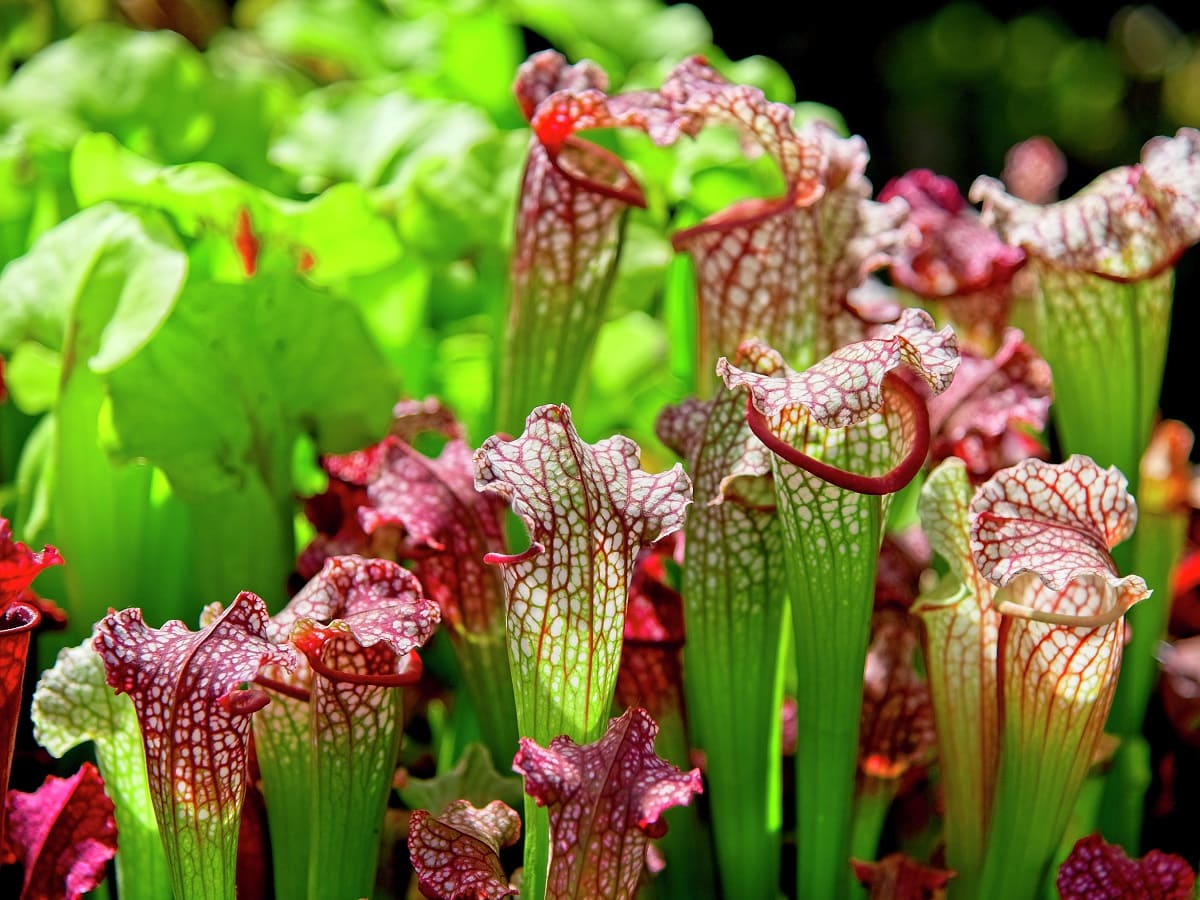
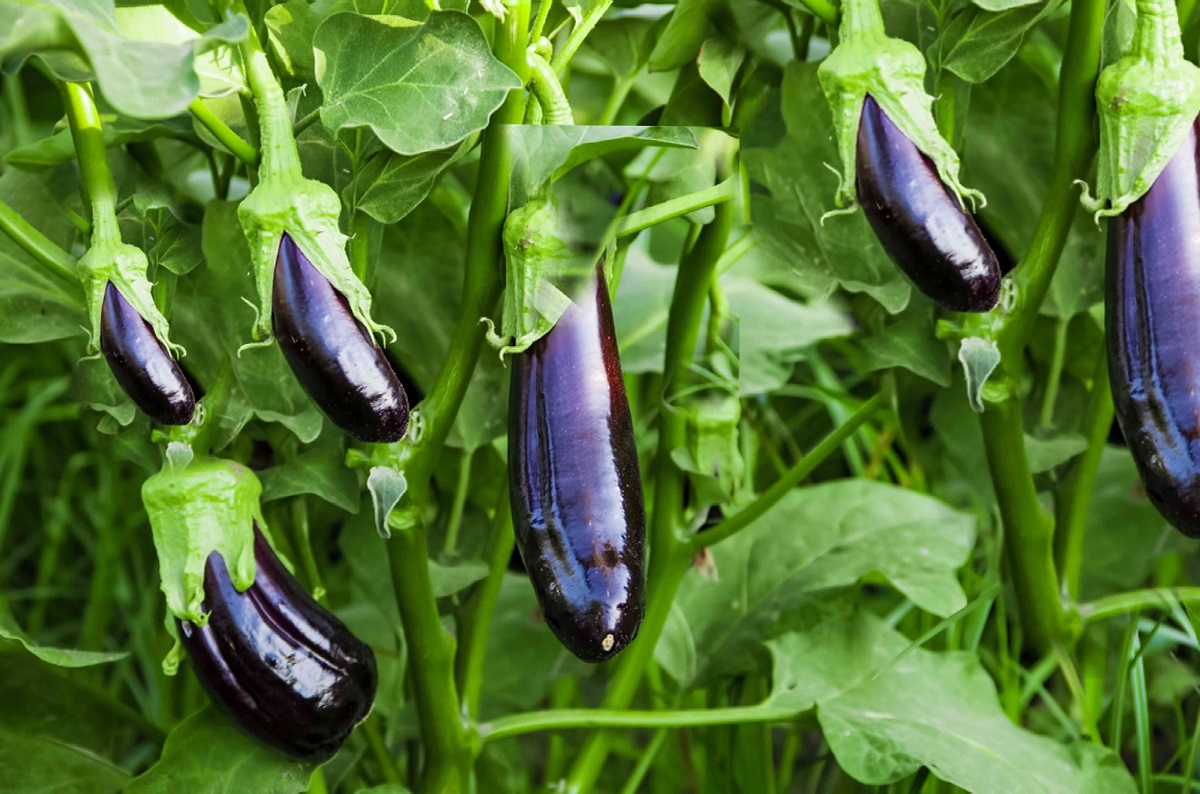
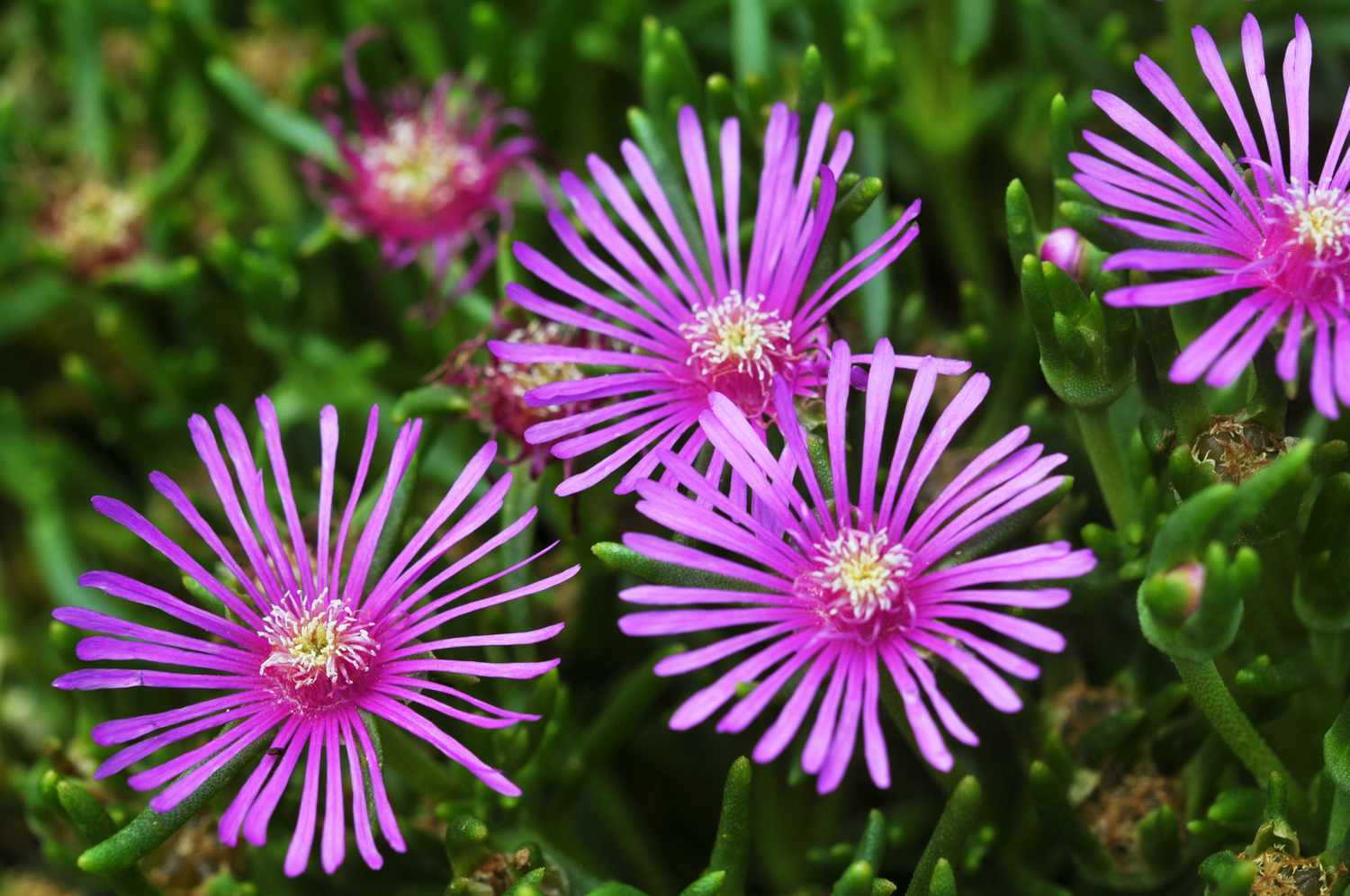
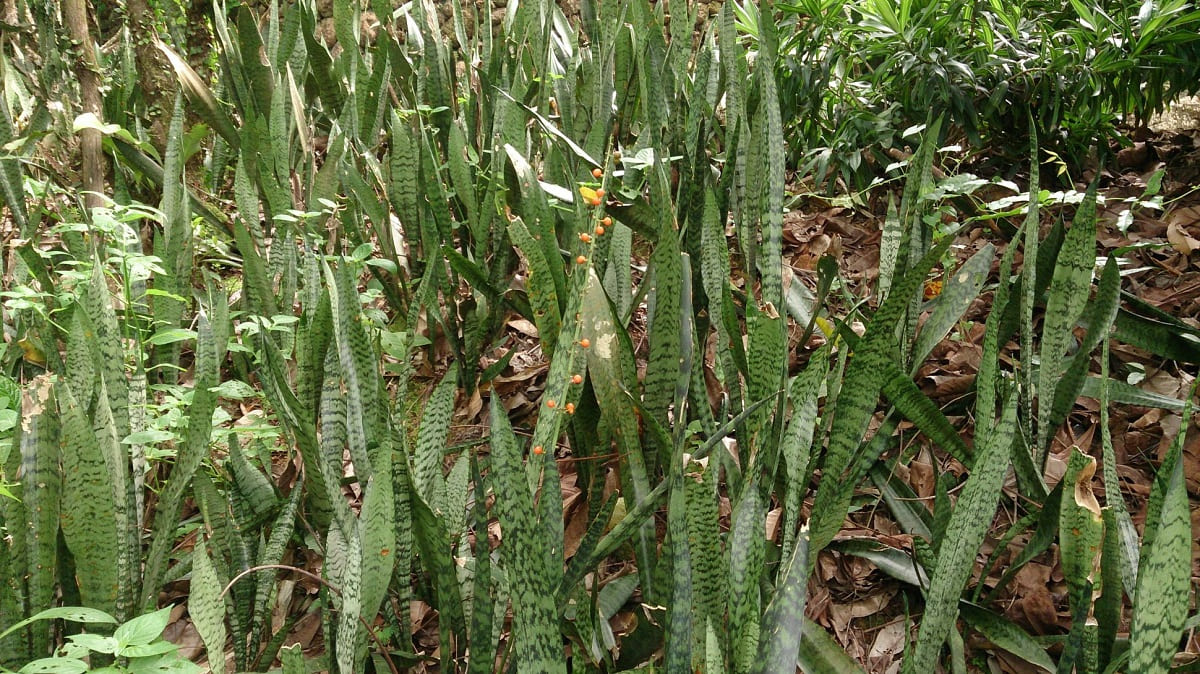
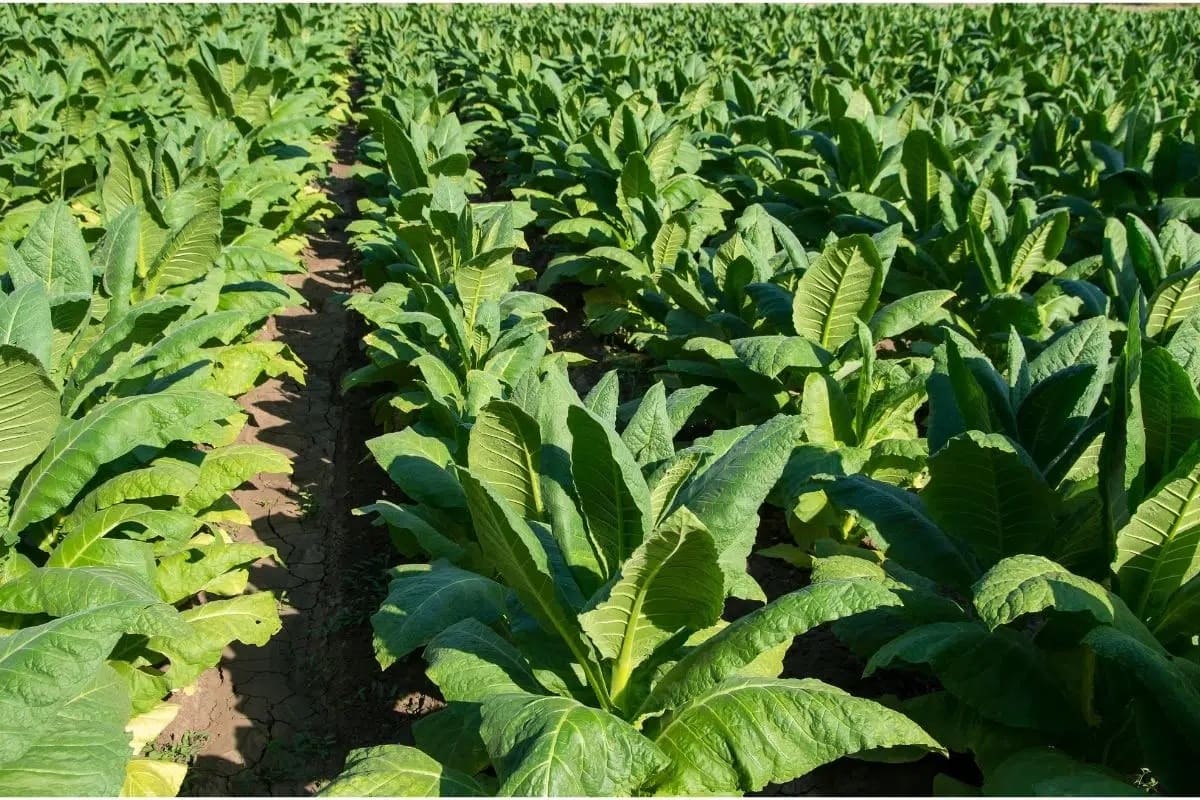
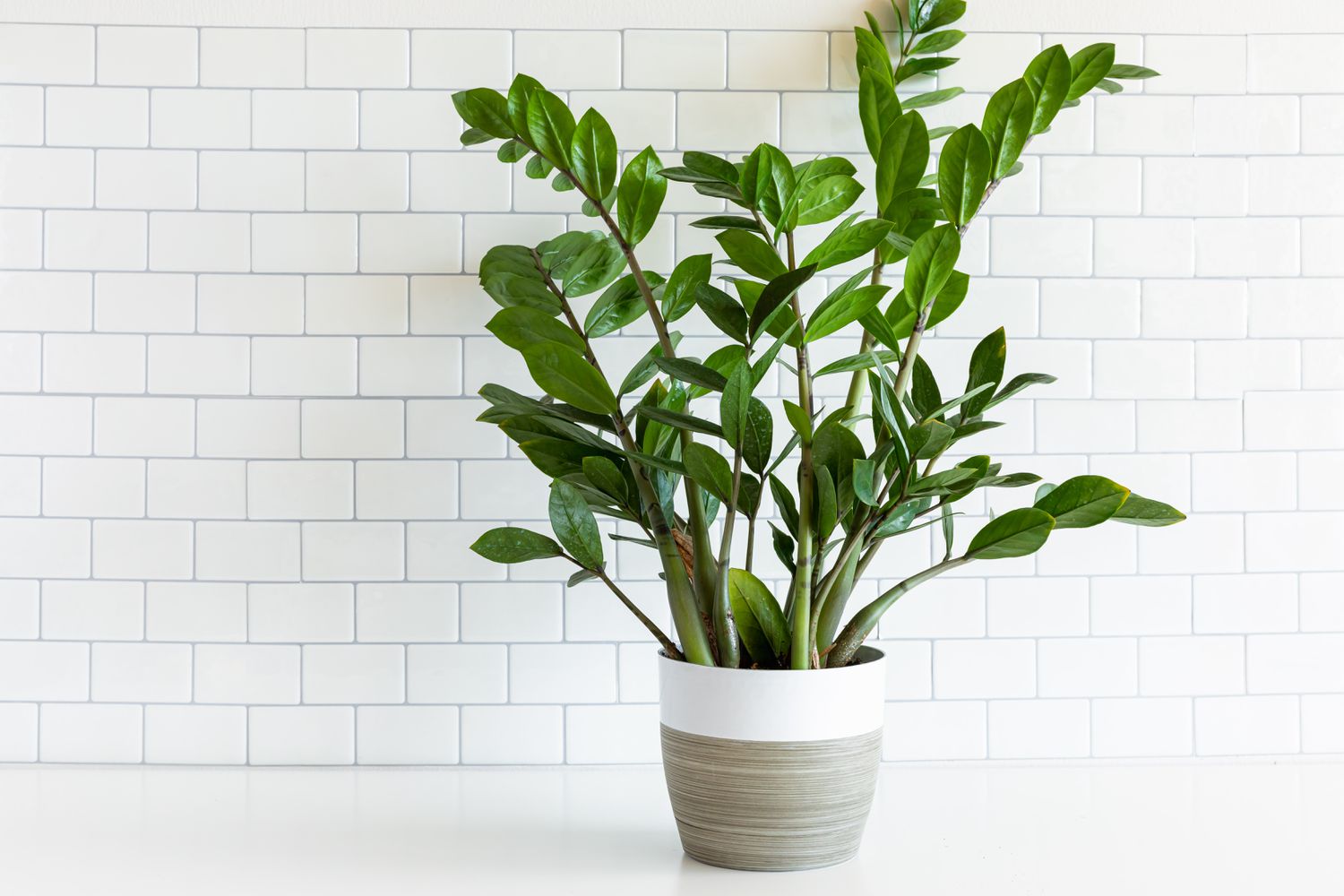
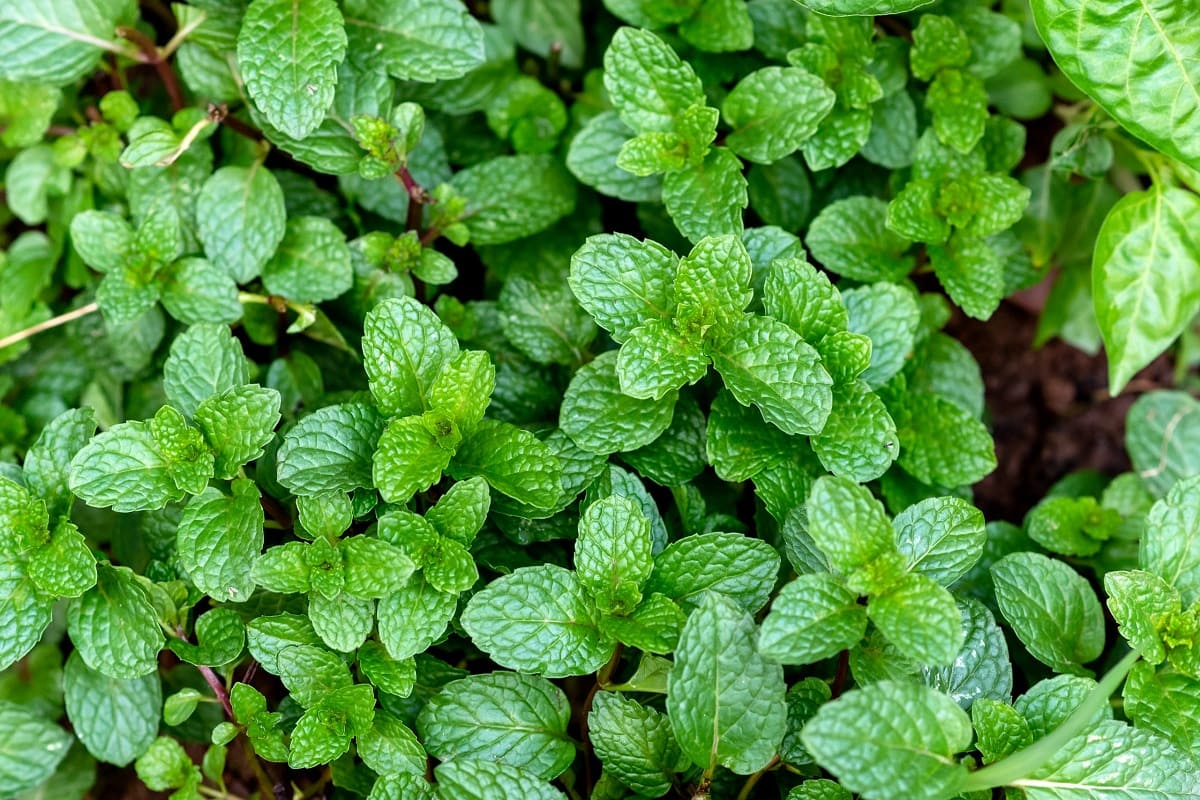
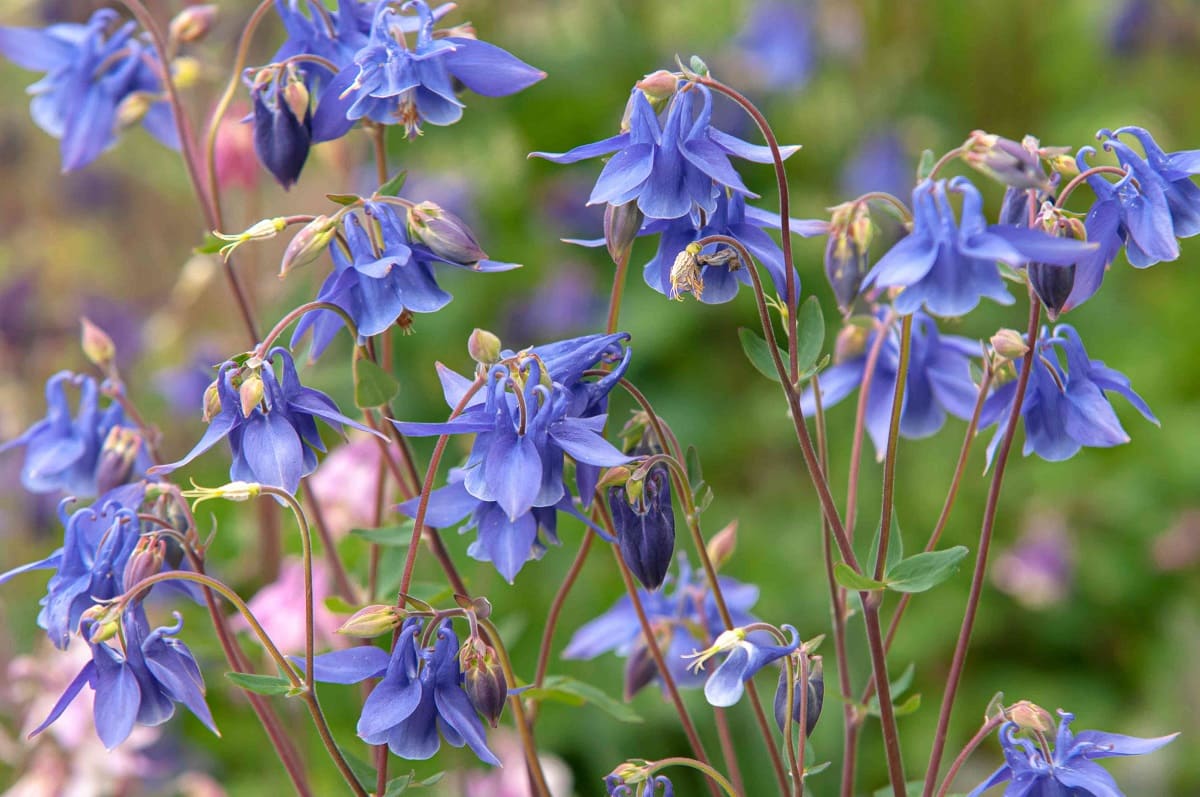
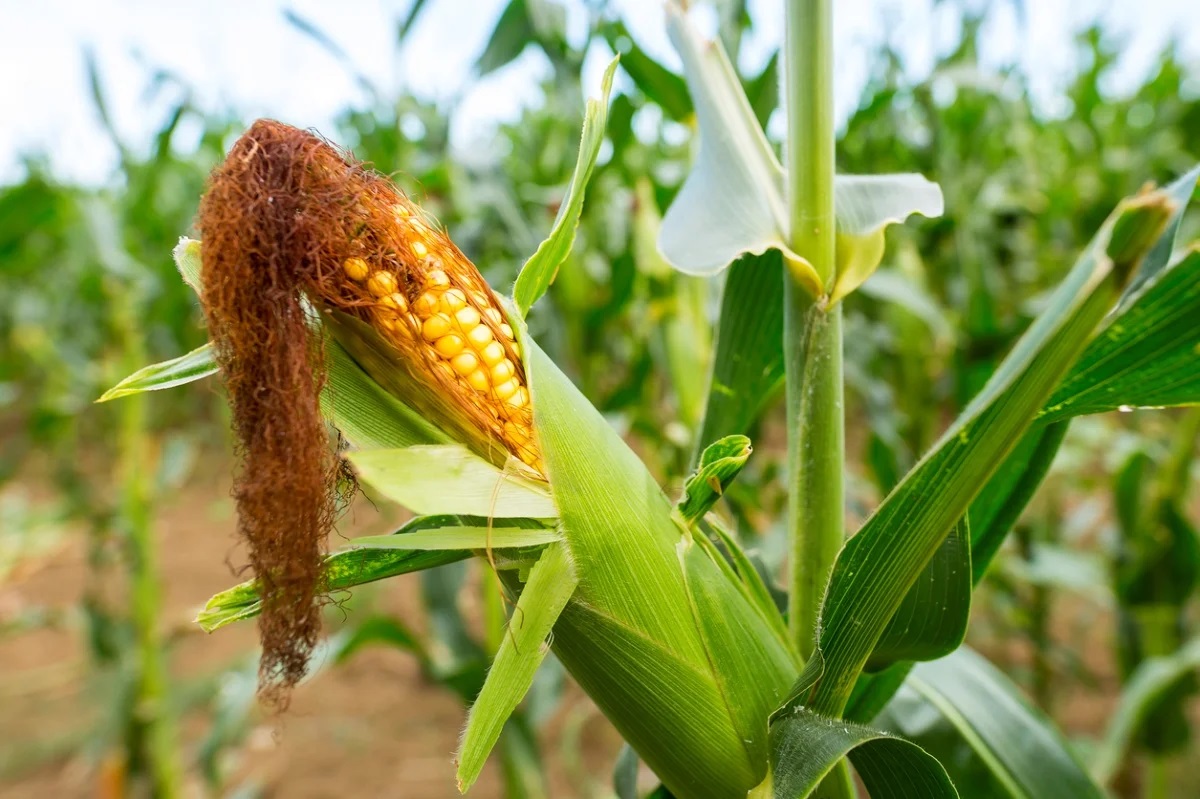
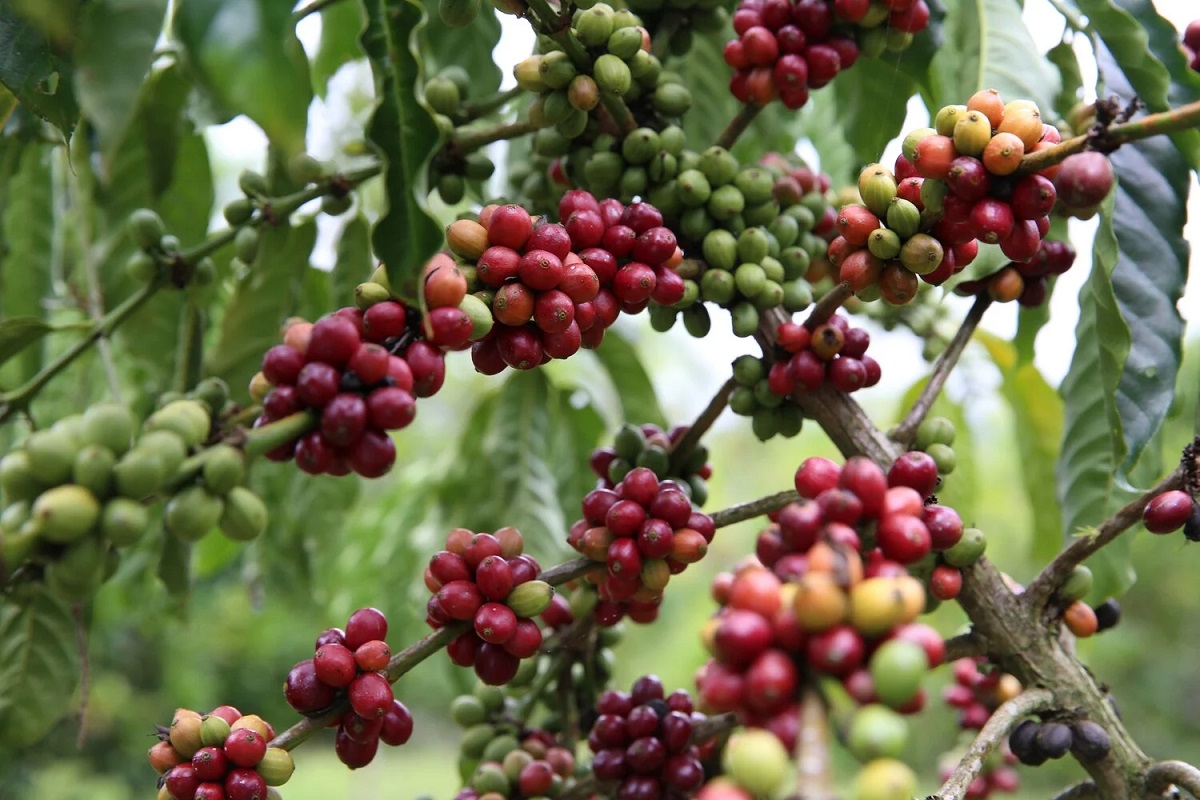
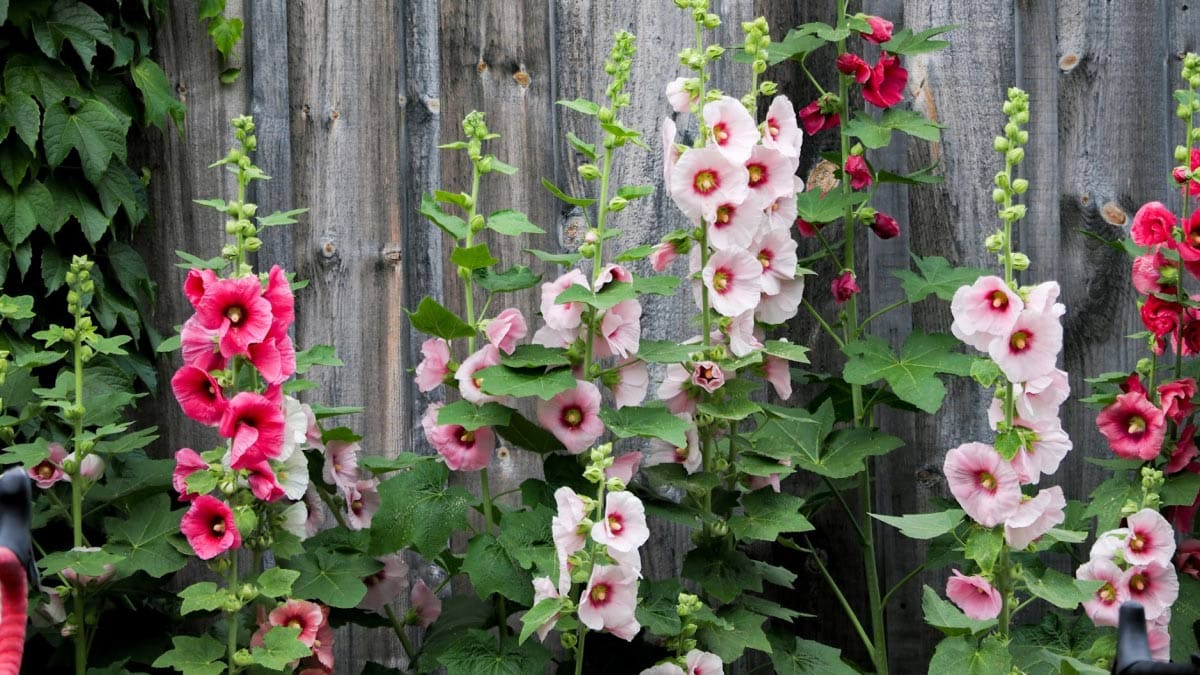
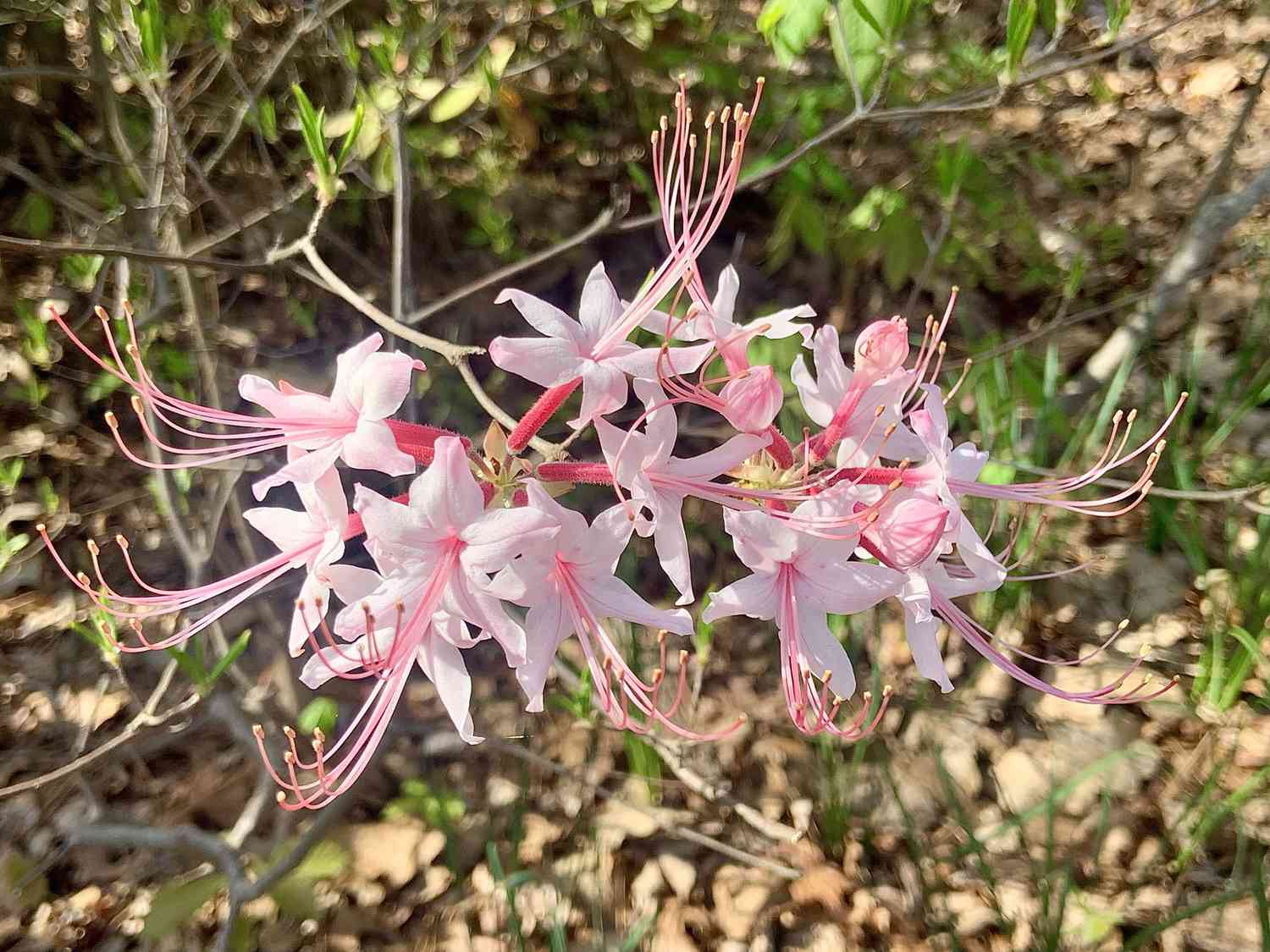
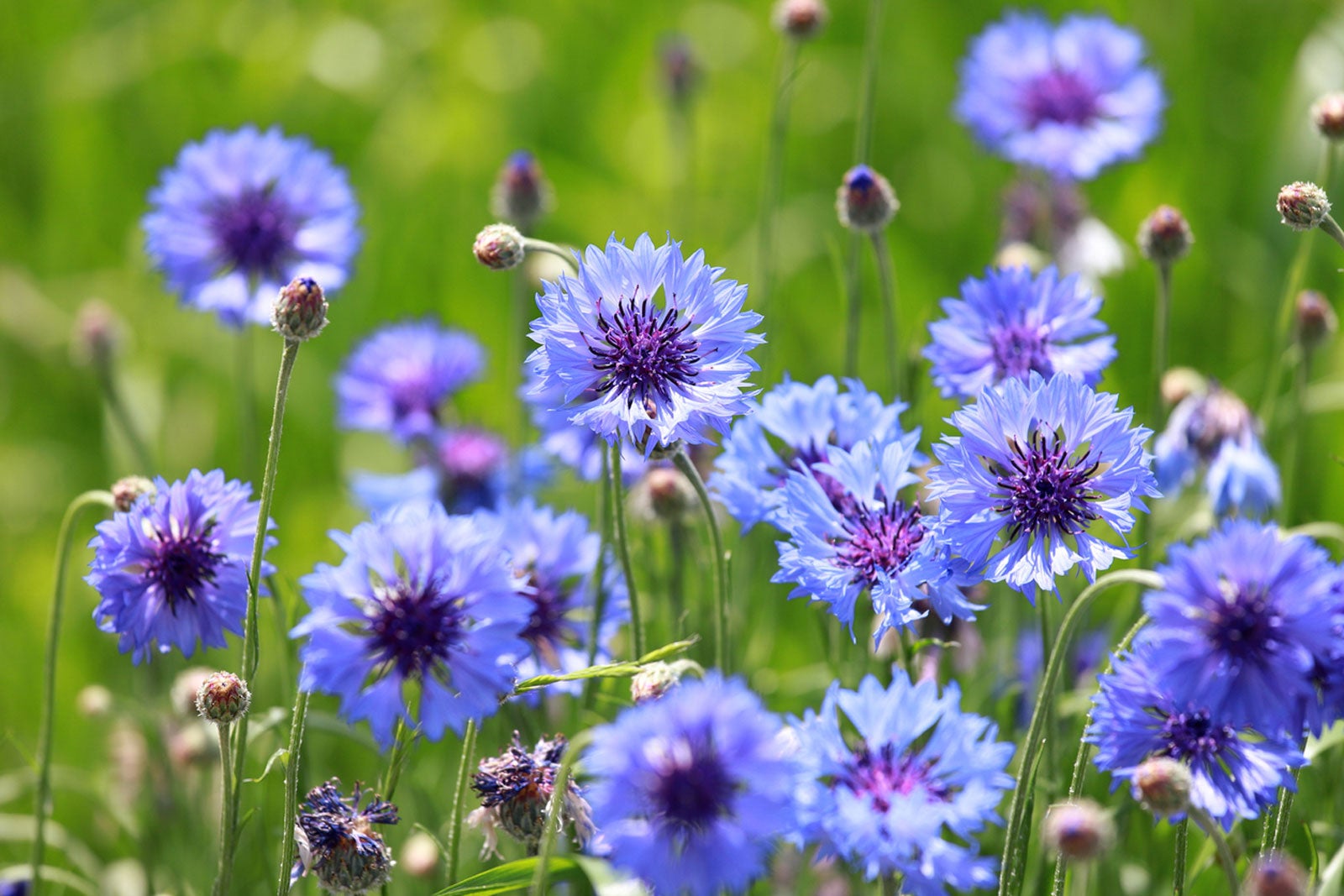
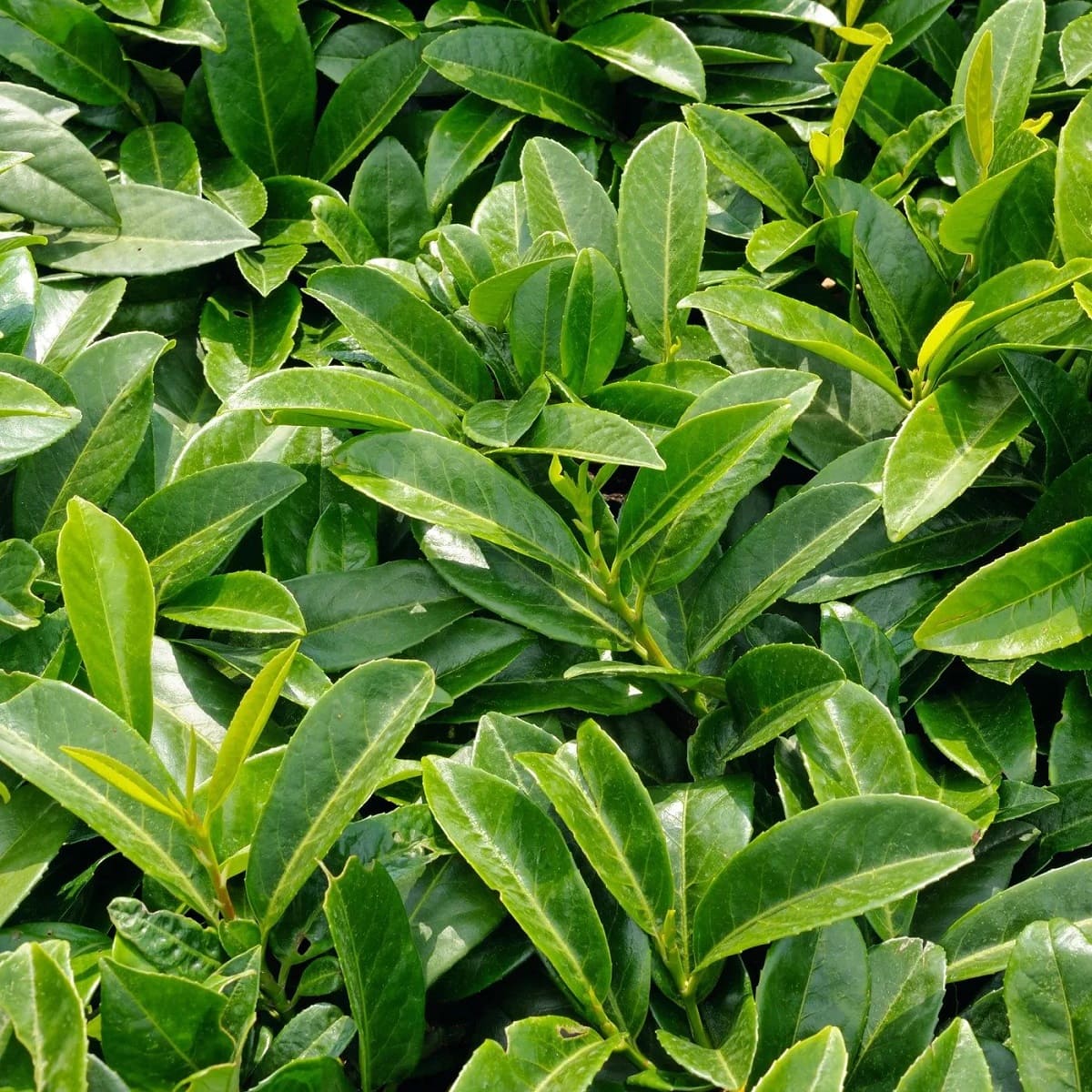
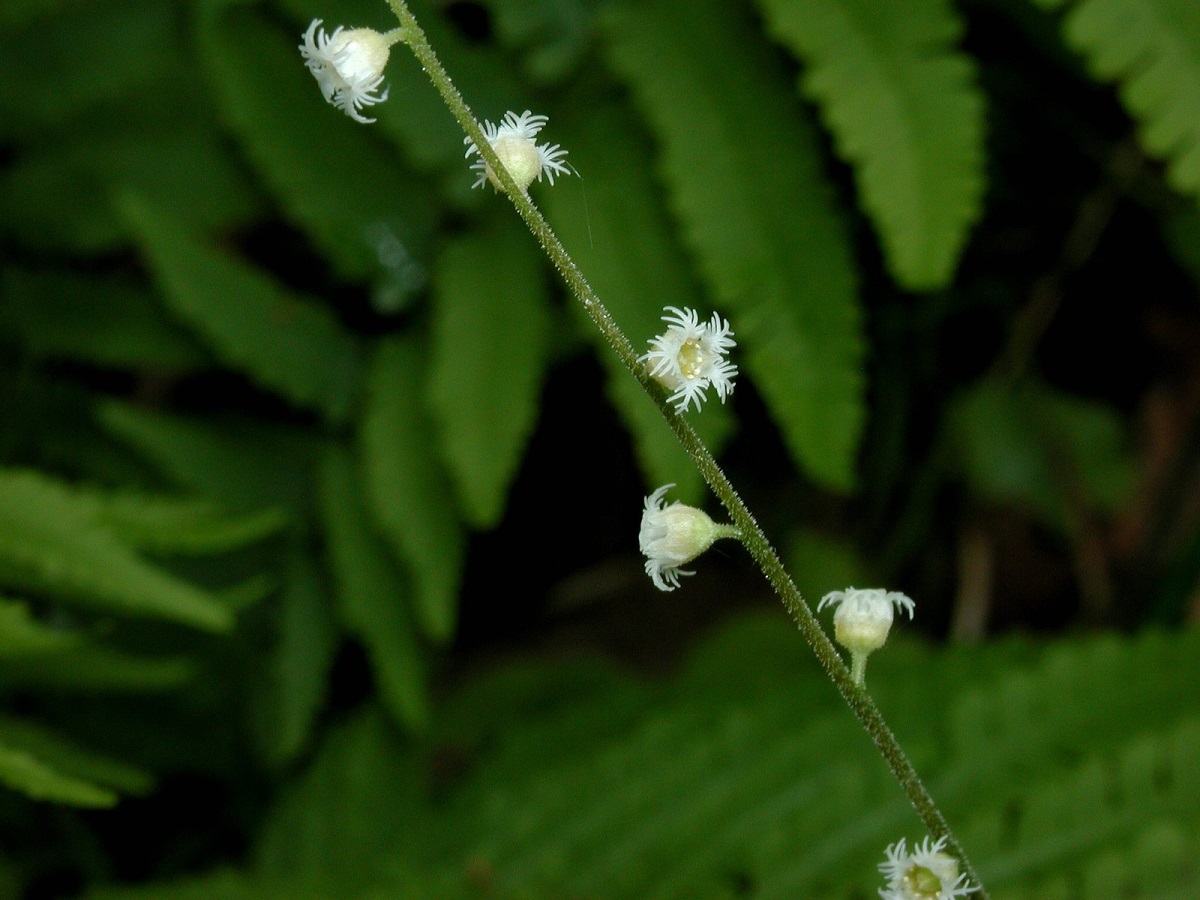

0 thoughts on “Where Is Goldfish Plant Native To”